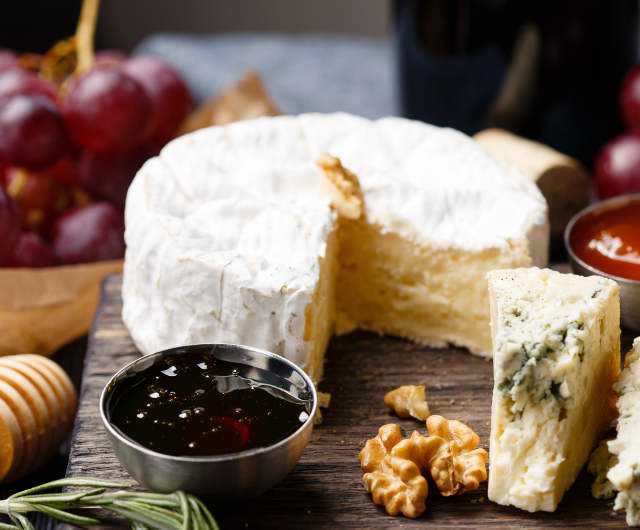Providing a forum for international community objections while positively addressing ways to move forward fairly.
Many well-known cheeses, meats, beer and other foods trace their origins to Europe, but thanks to decades of trade and the emigration of individual food artisans, these products are now made and enjoyed throughout the world. Over time, this has greatly increased the popularity of historically European varietals like parmesan cheese and specialized meat products, for example, to the commercial benefit of European and non-European producers and consumers.
Supporting the protection of distinctive products.
For some specialized products made in a specific region, such as Clare Island Salmon and Brie de Meaux, it has made sense for the European Union (EU) to protect the regional name, preserving the unique nature of that product. Thus, for these examples, these names may only be used for salmon originating in a certain part of Ireland and for a specific type of cheese that is made in a region of France – nowhere else.
In fact, products from other parts of the world – such as Washington State Apples, Idaho Potatoes, Valle de Colchagua wine from Chile, or Thai Jasmine Rice – may also benefit from similar protection. The Consortium supports these types of terms as a tool to promote distinctive products.

Putting the brakes on potential European Commission overreach.
But more recently, the European Commission has been using a much more aggressive approach to geographical indication (GI) coverage, and is actively working to control many common names for foods. Its actions indicate a desire to gain exclusive rights to names long used in many places around the world outside western Europe – generic names by which millions of consumers recognize some of their favorite foods. Some other countries appear to be moving towards adopting this over-reaching model as well.
Examples of common names include these for familiar cheeses and meat products, as well as other agricultural specialties:
- asiago, bologna, chorizo, feta, gorgonzola, gruyere, kielbasa, parmesan, prosciutto, provolone, romano and salami, as well as terms used by winemakers such as “classic”, “vintage”, “fine” and “superior”.
In fact, at least as much feta and parmesan cheese are made outside the EU as within it. Production of provolone is more than 15 times greater outside the EU. Arguing that a small group of EU producers should have an exclusive right to use such names is like claiming that only Italians should be permitted to use the term “pizza”.
Moreover, the global popularity of these foods in many cases is not due to actions of the GI-holders, but to the ingenuity, resources and capital devoted to these products by many producers all over the world. When you consider cheeses like asiago, fresh mozzarella and parmesan, for example, it is the production outside the country of origin that has exponentially increased the product’s marketability throughout the world – and that has, in fact, helped elevate the quality association and profitability of the geographical indications itself (e.g., Parmigiano Reggiano and Mozzarella di Bufala Campana).
Left unchecked, the EC’s efforts will erode and damage sales of many popular food products around the globe.
The European Commission is quietly making inroads through free trade agreements and other trade negotiations that put the continued use of common food names at great risk. Court decisions in the EU in the past decade raise yet further concerns about the full scope of the European Commission’s ultimate intentions.
Left unchecked, these efforts will erode and damage sales of many popular food products around the globe. Consumers will no longer recognize familiar products. Many producers and exporters will be forced to consider the difficult and costly effort of re-labeling and rebranding products, affecting marketability and diminishing the value of internationally recognized brands, all the while confusing consumers.
